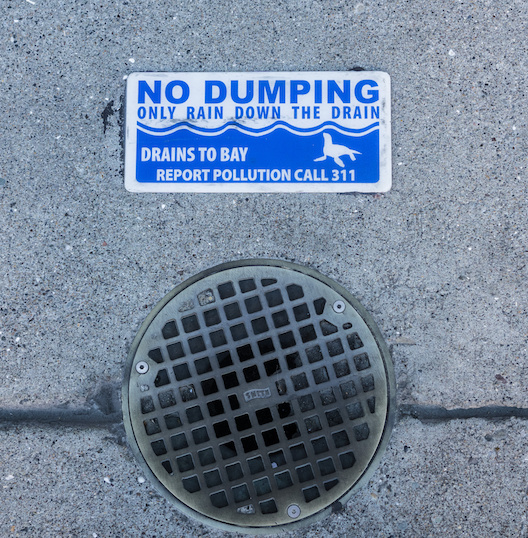& Construction

Integrated BIM tools, including Revit, AutoCAD, and Civil 3D
& Manufacturing

Professional CAD/CAM tools built on Inventor and AutoCAD

Optimatics, a Suez company that grew out of a successful Australian consultancy, wants to get their infrastructure planning software into the hands of as many water managers around the world as possible. We know how they feel. We want engineers to look to InfoWorks ICM and InfoWorks WS Pro whenever they need the power of…
Product news

Our desktop water products – InfoDrainage, InfoWorks ICM, InfoWater Pro*, InfoWorks WS Pro – are now available through the Autodesk Education Community, offering free educational use for educators and students. Our water infrastructure teams have been hard at work over the years delivering powerful modeling and simulation tools to the industry, and now, these same…
Product news

InfoWorks ICM leverages some of the most advanced hydraulic and hydrologic simulation functions on the market, but did you know it can also leverage the EPA’s SWMM5 engine? In this post, we’ll walk through answers to various questions we get from our customers about InfoWorks ICM’s SWMM capabilities, as well as highlight new features valuable…
Storm, sewer, flood

Over eight days in August 2017, category 4 Hurricane Harvey dropped more than 50 inches of rainfall over Houston, Texas, making it the most significant rainfall event in US history since the USGS began keeping records in the 1880s. Just 200 miles away, water professionals and politicians in San Antonio asked themselves: “What if the…
Customer stories

ISG is a nationally recognized, 100% employee-owned, multi-disciplinary architecture, engineering, environmental, and planning firm with a diverse portfolio of water-related work throughout the Midwest US that extends from watershed planning to urban redesign and everything in between. This year, they celebrate their 50th year in business. After being diligent users of XPSWMM for many years,…
Commentary

The San Francisco Public Utility Commission (SFPUC) owns and operates close to 1,000 miles of sewer mains, 3 treatment facilities, 200 million gallons of storage, 26 pump stations and 36 combined sewer discharge outfalls. Interestingly, it is the only coastal city in California with a combined sewer system that collects and treats both wastewater and…
Storm, sewer, flood

The Central Contra Costa Sanitary District – called “Central San” by the locals – is one of the larger water systems in the San Francisco Bay region. Located about 30 miles east of San Francisco, the district is responsible for the collection and treatment of wastewater for half a million residents and 3,000+ businesses, cleaning…
Customer stories

Hunter Water Corporation (HWC) is the second largest water and sewerage utility corporation in New South Wales. This state-owned corporation has been operating since 1892 and serves a population of almost 600,000 people spread across 6,671 square kilometres in the areas of Cessnock, Lake Macquarie, Maitland, Newcastle, Port Stephens, Dungog, and small parts of Singleton.…
Customer stories

Which rainfall theory should I use when designing and simulating drainage networks for the UK – FSR or FEH? At the support desk for InfoDrainage, we frequently hear this question. For drainage designs to be valid, they have to meet the no-surcharge, no-flood criteria. Pipes have to be sized adequately and effective storage solutions need to be…
Drainage design

Artificial intelligence (AI) is making its mark on the water industry, powering intelligent operations using machine learning to optimize resource use and operational budgets for organizations.
AI
May we collect and use your data?
Learn more about the Third Party Services we use and our Privacy Statement.May we collect and use your data to tailor your experience?
Explore the benefits of a customized experience by managing your privacy settings for this site or visit our Privacy Statement to learn more about your options.